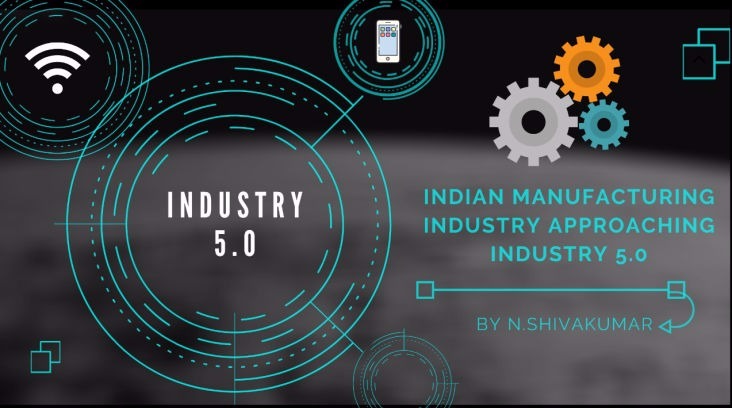
First industrial Revolution was powered by Coal and Steam in the 18th Century. The garment industry saw the steam engines power 20 times the volume of production from the original Raw manpower used to produce garment industry. Likewise, the steam locomotives could transport goods to great distances and make thing available which grew the trade multi-fold. The power of steam engines and coal engines were propellers of growth. The first weaving loom was invented and introduces in 1784 post which it created a huge impact in the primitive format of manufacturing process to automate manufacturing to the first level of improvement where machines took over men for the first time. Railway locomotives were invented for transportation which created the pathway to travel destinations and trade grew to new high levels..
Electricity invented was the revolution created in the 19th Century where the factories had assembly lines which manufactures abundant proportions of goods. Visionaries like Henry Ford and others were capitalizing on idea of shop floor with an assembly line with an orderly and process oriented approach to complete the production with the required quality and the timeline where the effort of human was decentralised to attending only one function which gave specialization and improved the quality of products. This era saw high employment levels and had large production capacities built for mass production and consumption. The essence of this era was to optimize the cost and speeding up the production line for manufacturing higher capacities. History saw this era of Industry 2.0 as one of those times of scale and size utilised for growth thought it was very human and capital intensive..
Industry 3.0 began in the late ’70s or early 80s in the 20th century. It was a Semi automated version of 2.0 using memory-programmable controls and computers. Introduction of technologies enabled the entire production process with minimal or in some cased completely automated with better precision. Shop floors were enabled with software and hardware which could operate the production line with minimal cost and optimal capacity of production. Industry 3.0 was the using logical processer and information technology to complete workflow. It still needed human capacities for deriving large data and certain interventions in the protocols and logical programming. Industry 3.0 brought in huge propositions of ease of operations and catered to the global supply chain for goods and services as well. It was there to stay until 2011 when the term industry 4.0 was coined to change the phase of manufacturing.
Industry 5.0 is all about Machines making men work more efficient and quicker. It refers to the necessary interaction between people and machines with technology enabling them seamlessly.
This does not essentially mean that jobs are gone, and robots will take over human’s ha ha.. as prescribe in many forums and articles. What this means is that the efficiency patterns of work process will be co-operative by both machines / robots and humans to reach better threshold of efficiency using algorithms.
We still remember the first version of Notepad for writing notes when Mac or windows was introduced. Today we have voice operated process to write in the MS word version in 2019 which eliminated the tedious job of typing and so is the auto save features which helps you save documents without you pressing “Ctrl-S” in laptop. These are simpler examples we have got where in the manufacturing segment has got more complex operations which are laborious, dangerous and time consuming. Industry 5.0 will focus on making things very simpler and ensuring human effort and risks are minimised by collaborating Man and machine enabled by artificial intelligence, Internet of Things (IoT) and machine learning. The format has a lot of challenges at the development stage and will go through various cycles of metamorphosis to enable the human and machine interaction much simpler and efficient. One particular instance comes to light where robots were deployed (Employed) in a hospitals in India for assessing patients in hospitals during COVID-19 pandemic which was applauding as there was the need for no human interaction for the patient to have face to face or physical contact to be attended in the hospitals. Since the Virus was very infectious and had the risk of getting transmitted to one very quickly the ROBOT did the job of enrolment, temperature checks and even remote doctor consultation which was a fantastic new norm in the face of how humans and machines could be helpful to each other. This example can be extended to the manufacturing segments which as explained earlier have the perils of complexities which can be resolved or rather is getting resolved during the industry 5.0.